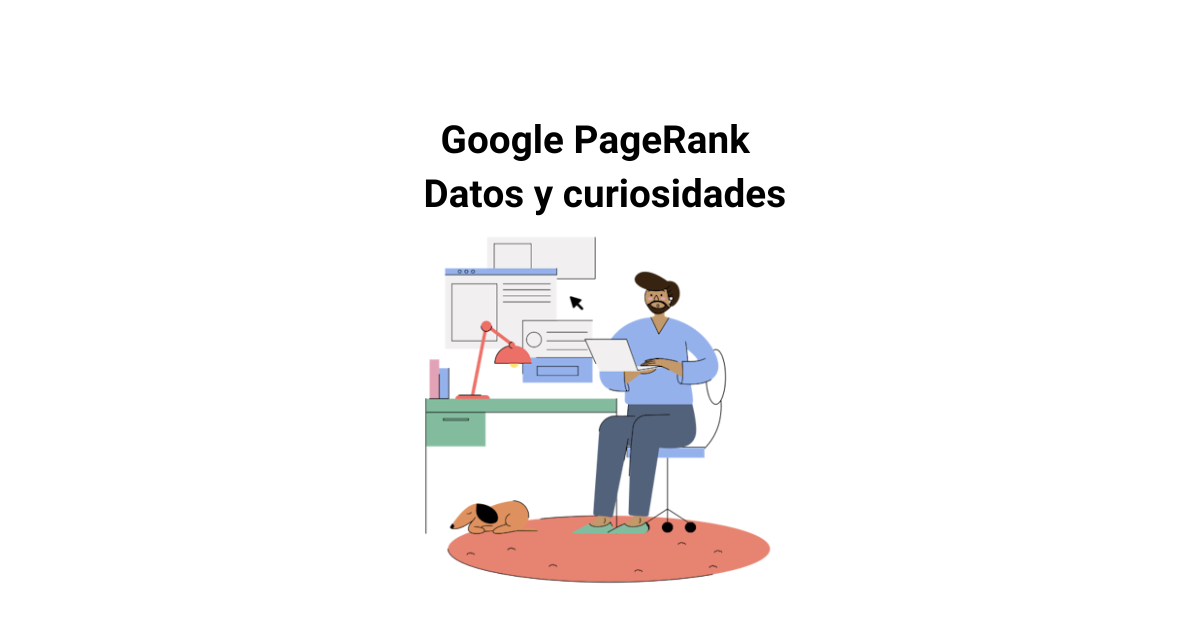PageRank, literally “page position,” comes from the name of Larry Page, who, along with Sergey Brin, laid the groundwork for what is now Google’s search and results ranking system. This name was coined by the two in 1998.
Larry Page and Sergey Brin were part of the academic world where the number of citations a paper receives determines its authority. Therefore, in defining the authority criteria for a result, the two considered that the number of citations a web page receives would increase its authority. From this comes the concept of PageRank: the authority of a link increases with more references and secondly, from the authority of the references that a domain receives.
What is a page’s PageRank?
PageRank is an algorithm used by Google to rank its search results. Its name is derived from Larry Page and the term “web page.” In short, it is a way to measure the importance of a website’s pages.
How does PageRank work?
As mentioned, one of the factors in the academic world is the number of references a paper has. This translates in the algorithm to the number of links pointing to a page. Following academic reasoning, the underlying assumption is that more important websites will receive more links.
It’s not just about quantity but also quality. PageRank considers that a link from a high-authority website, like an institution or a very popular newspaper, will carry more weight than a link from a less known domain.
What does PageRank measure?
PageRank values range from 0 to 10, with higher values indicating greater page importance. A page’s PageRank depends on the citations it receives and makes. Thus, it’s sometimes helpful to think of it as the authority a domain holds. Additionally, it’s not just about the authority a domain receives based on links but also how a domain distributes its authority by linking to other domains. This is referred to as link authority or link equity distribution, and more commonly, though incorrectly in the words of John Mueller, as link juice.
How can you know a page’s PageRank?
In 2000, the term PageRank became popular with the launch of a tool that allowed people to know a domain’s PageRank value. This marked the beginning of the end for PageRank. Being able to measure PageRank shifted the goal towards artificially growing it through various link-building tactics. It was a boom time for all link-building strategies, whether white hat or black hat. Therefore, since 2016, Google has stopped showing PageRank values for domains.
Although there are tools that claim to estimate a page’s PageRank, they are not accurate. Moreover, focusing on PageRank as a SEO strategy means focusing on a value that is impossible to measure accurately and does not guarantee CRO results.
Conclusions about PageRank
While PageRank remains an important factor in Google’s search algorithm, it is no longer the sole factor. The goal of search engine optimization (SEO) is to improve a website’s ranking in search results, but it should not only focus on increasing PageRank. Other factors, such as content relevance, user experience, and website security, also play a significant role. Notably, recent changes to Google’s Quality Rater Guidelines suggest that first-person experiences and the usefulness of information to users are key points to focus on in strategy.
